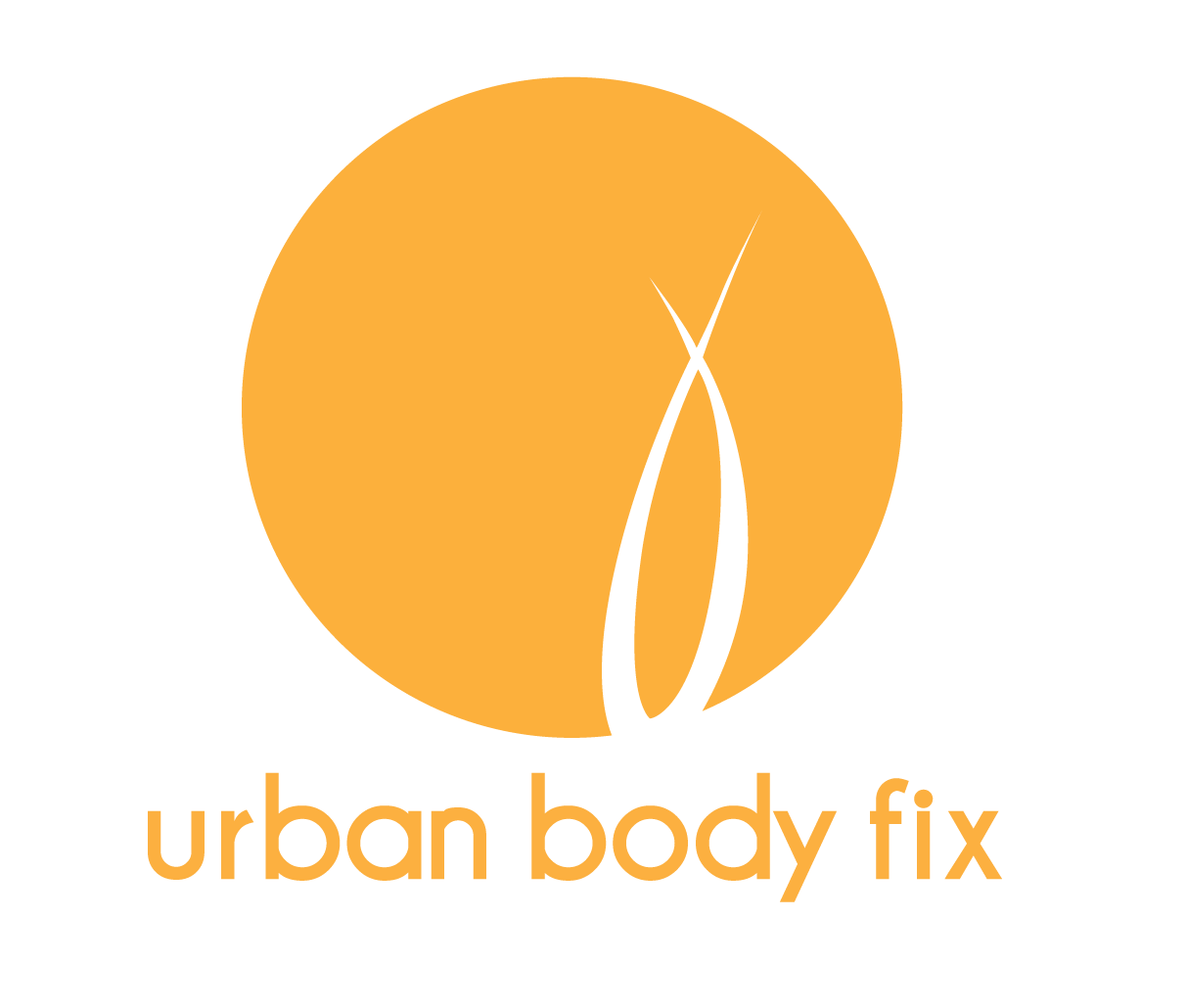Walk more, worry less
As a New Yorker, I have to walk almost everywhere, from getting to a subway station to catching buses and going out for lunch on my lunch break to making it to school on time. Walking is part of our everyday routine, and certainly, we walk quickly. However, walking is a basic, free, and easy approach to stay active practically anywhere. Walking is a frequent yet underrated activity since many people do not perceive it to be a hard workout that produces health benefits. The nicest aspect is that you have complete control. You have control over the pace, distance, and atmosphere, all of which will result in unique experiences. This activity doesn't require any equipment unless you want to add some strength training by carrying weights or a backpack. Walking has its own benefits, so let’s go through those important benefits and consider walking as one of the healthiest exercises.
For starters, if you walk sufficiently and meet your daily goal of 5,000 to 10,000 steps, you can burn a lot of calories. A daily walk of 1000 steps burns around 40 calories. It's crucial to understand that calorie burn is affected by factors such as your weight, walking speed, and distance covered. Walking uphill burns more calories than walking on a flat area. Regular walking boosts your body's insulin response, which helps you lose belly fat. Aside from the physical benefits, one of the most important health benefits is that it improves your mental health. If you're suffering from anxiety or sadness, going for a walk might be really beneficial. It can improve our mood while also lowering our stress levels. It's even better if you take a walk with a friend or your pooch.
People often go for an intensive workout with the hopes of strengthening their muscles, but they end up injuring themselves by using the wrong training form or pushing themselves beyond their limits. Walking is the most efficient way to work your quads, hamstrings, and calves. The effects won't come soon, but they will strengthen your muscles gently and steadily. Also, avoid overdoing any type of workout, including walking, as this can contribute to muscular fatigue. You can preserve your knee and hip joints when walking by strengthening the muscles that surround them and supporting lubrication in those areas. It can also help those with arthritis and other joint problems feel better.
Finally, walking can significantly reduce the risk of heart disease, high blood pressure, high cholesterol, and type 2 diabetes. It's also associated with a lower chance of suffering a stroke. More significantly, it will boost the heart and lung functioning in general. And you never know what you’ll see or who you’ll meet along the way!
Track your steps with a wearable gadget, phone, or fitness app, and UBF hopes you reach your daily walking goal. @UrbanBodyFix, tell us how walking benefits your body.


